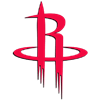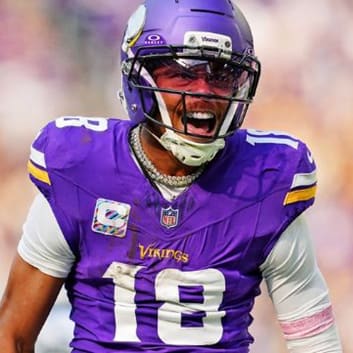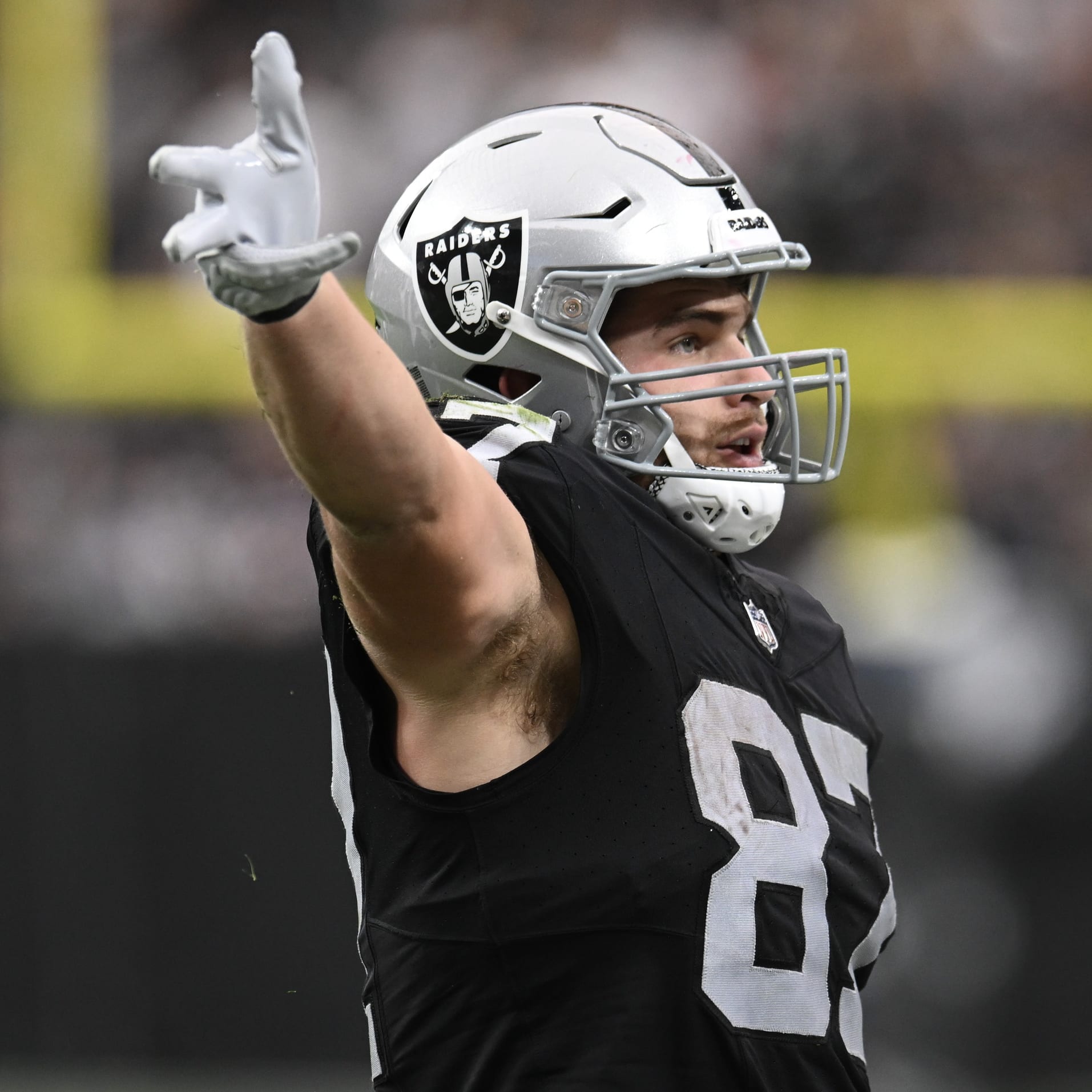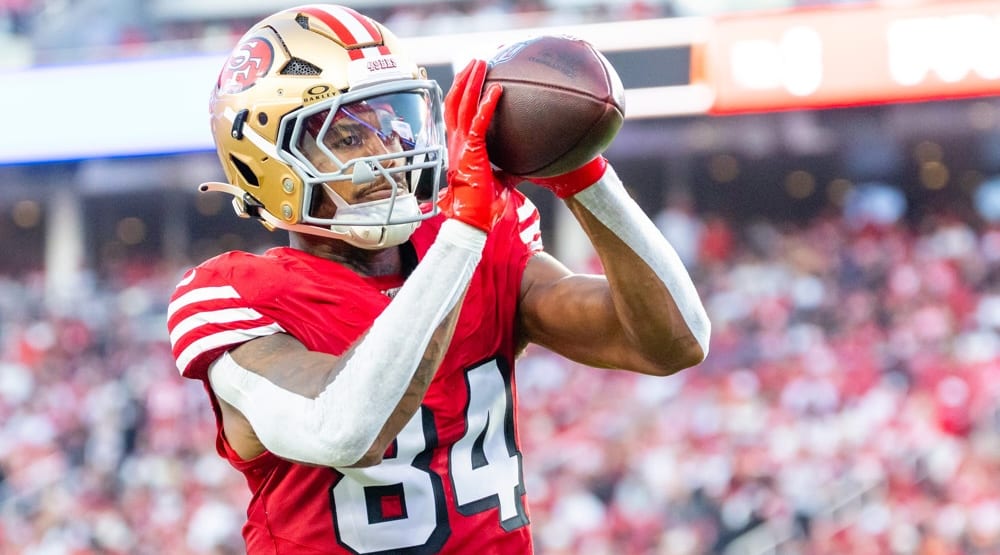At first glance, the knee seems like one of the simplest joints in the human body. It's not as mobile as the shoulder or involves as many bones as the foot and ankle. Yet the knee is a complex articulation with multiple stabilizing and protective structures, including numerous ligaments, bursae sacs and cartilage.
The complexity of the knee results in an assortment of possible injuries, especially in a high-contact sport like football. Injuries associated with the knee can range from a bone contusion to a complicated, high-grade, multi-ligament sprain. Knee injuries can derail a fantasy football season or create opportunity for a well-educated and opportunistic manager. With multiple players are already sustaining significant knee injuries, let's examine this seemingly simple but intricate joint.
The knee is a hinge joint formed between the bone of the upper leg, the bones of the lower leg, and the patella (kneecap). It's equipped with multiple ligaments, including the cruciate ligaments (the ACL and PCL) that crisscross within the joint capsule. On either side of the joint sit the collateral ligaments (the MCL and LCL). Between the bones of the leg sit the two fibrocartilage discs known as the menisci. Each meniscus has its own unique shape with the medial meniscus intertwined with the MCL. These structures are all susceptible to injury when varying forces are applied to the knee.
Ravens running back J.K. Dobbins recently suffered a complex knee injury that may have included multiple ligaments. Dobbins tore his ACL in Baltimore's preseason win
At first glance, the knee seems like one of the simplest joints in the human body. It's not as mobile as the shoulder or involves as many bones as the foot and ankle. Yet the knee is a complex articulation with multiple stabilizing and protective structures, including numerous ligaments, bursae sacs and cartilage.
The complexity of the knee results in an assortment of possible injuries, especially in a high-contact sport like football. Injuries associated with the knee can range from a bone contusion to a complicated, high-grade, multi-ligament sprain. Knee injuries can derail a fantasy football season or create opportunity for a well-educated and opportunistic manager. With multiple players are already sustaining significant knee injuries, let's examine this seemingly simple but intricate joint.
The knee is a hinge joint formed between the bone of the upper leg, the bones of the lower leg, and the patella (kneecap). It's equipped with multiple ligaments, including the cruciate ligaments (the ACL and PCL) that crisscross within the joint capsule. On either side of the joint sit the collateral ligaments (the MCL and LCL). Between the bones of the leg sit the two fibrocartilage discs known as the menisci. Each meniscus has its own unique shape with the medial meniscus intertwined with the MCL. These structures are all susceptible to injury when varying forces are applied to the knee.
Ravens running back J.K. Dobbins recently suffered a complex knee injury that may have included multiple ligaments. Dobbins tore his ACL in Baltimore's preseason win over Washington. Additional reports have surfaced that he may have also sustained damage to his LCL. The injury is season-ending regardless, but an additional LCL sprain would influence his recovery timeline. Low-grade LCL injuries can heal without surgical intervention, but a severe tear or rupture may necessitate a second or accompanying procedure. If Dobbins did in fact suffer a multi-ligament tear, then his availability for the start of the 2022 season would be in doubt. Look for him to spend the rest of the season recuperating, and keep a close eye out for any more details regarding the specifics of his surgery. Gus Edwards becomes the feature back for the Ravens, with Justice Hill and Ty'Son Williams moving up the depth chart.
Tight end Irv Smith has also suffered a knee injury, but his may not require as lengthy of a recovery as Dobbins. Smith suffered a torn meniscus in Minnesota's preseason finale against Kansas City. He is slated for surgery later this week and the procedure needed will ultimately dictate his return-to-play timeline.
Meniscus tears are like real estate; it's all about location. The amount of available blood to the inner portions of each meniscus is limited, making natural healing very difficult. As a result, surgery approaches vary depending on the location of the tear. When a surgeon begins their work they can perform a true repair or remove the damaged tissue in a procedure known as a meniscectomy.
A meniscus repair has better long-term results than a partial or full meniscectomy but can only be carried out if the tear occurred in a viable area. True repairs are often accompanied by a longer recovery, often measured in months, not weeks.
Based on these specifications, a meniscectomy is more commonly used. Fortunately, an individual who undergoes a meniscectomy can usually return to activity within four to six weeks. On the downside, once the cartilage has been removed, the athlete becomes more likely to experience issues down the road including osteoarthritis and other complications such as cysts.
The Vikings have not revealed which procedure Smith will require but have hinted he will be back relatively quickly. This seems to suggest a meniscectomy will be performed. Look for a more definitive timeline to emerge following his surgery. In the meantime, Tyler Conklin becomes the Vikings' top tight end, though he is working his way back from a hamstring strain.
Turf Burns
Evan Engram: The Giants tight end could miss the start of the regular season after suffering a calf strain. The severity of the strain remains undisclosed, though the team sounded a bit pessimistic about the issue. If he does manage to return in time for Week 1, Engram will deal with an elevated level of injury risk for the foreseeable future. If you have already invested in Engram, consider adding a reliable insurance policy.
Justin Jefferson: Minnesota's other top aerial weapon is also nursing an injury but has made significant improvement in his recovery. Jefferson has been sidelined since suffering an acromioclavicular (AC) sprain in an early August practice. He has returned to practice but has not appeared in any preseason action. This appears to be a case in which the Vikings medical staff is avoiding any sort of unnecessary setback, and Jefferson will likely be ready for Week 1. Additionally, the AC joint can be padded and braced, and he should not be functionally limited by the injury.
Trey Lance: The 49ers rookie quarterback is slated to miss at least one practice after suffering a "small chip" fracture in his finger. The injury appears mild, and surgery is not currently being discussed. He will need time for the injury to adequately heal, which may prevent him from carving out a worthwhile role in the San Francisco offense, at least for the start of the year. Lance still seems like a late-round option with plenty of upside, especially if he can get completely healthy and challenge Jimmy Garoppolo for the starting quarterback position.
Michael Thomas: The Saints wide receiver is poised to start the year on the PUP list. Thomas underwent ankle surgery in June and was expected to miss four months recovering. The PUP designation would line up with these expectations, with Thomas set to return in Week 7 on October 25. He's worth a speculative add if you can get him at a reduced rate, but he may start his comeback with a limited role and workload. I expect his productivity to gradually improve with each week, meaning anyone investing in the 28-year-old must be willing to play the long game.
Carson Wentz: Wentz' return from a foot debridement has been derailed by COVID-19. It doesn't appear as though he has contracted COVID but entered the protocol after it was determined he was a possible point of contact. He will need to remain asymptomatic for five days and return multiple negative COVID tests before he will be allowed to return to action. Teammates Ryan Kelly and Zach Pascal joined Wentz on the reserve/COVID-19




































